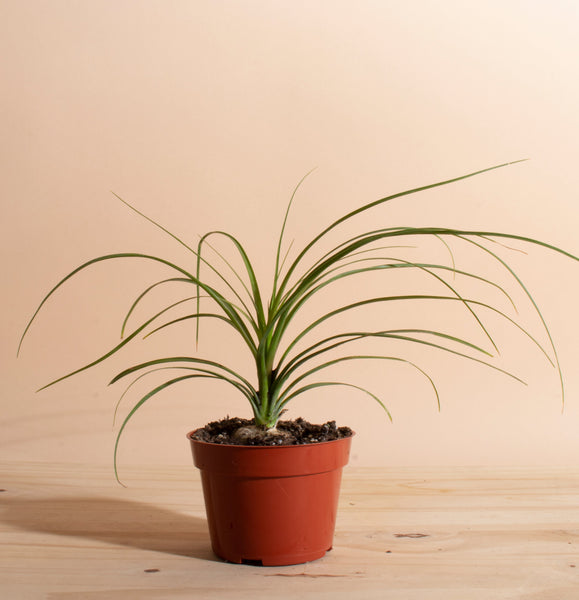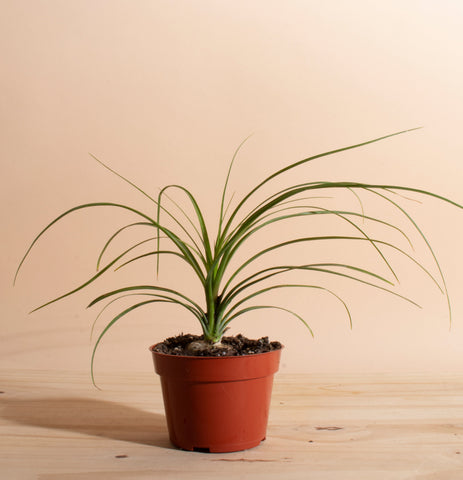Your cart is currently empty!
English Ivy House Plant in Handcrafted White Ceramic Planter
$54.99
English Ivy House Plant in Handcrafted White Ceramic Planter
$54.99
- INCLUDES: (1) English Ivy in 6" natural ceramic bowl planter (Approx. 6-10"). Each plant may vary from pictures shown as plants are hand selected based on season, size, health, and readiness
- DIFFICULTY: Low maintenance, perfect for beginners
- WATER: Ivy prefers to be kept slightly on the dry side, so let the soil dry out some (dry to the touch on top) before you water your ivy plant again.
- LIGHT & TEMP: Ivy prefers bright, indirect light. Direct summer sun from a south-facing window can lead to leaf burn, however, so indirect light is best. The plant prefers to be at cooler temperatures, like in the 60s (F), and likes humidity.
- NUTRIENTS: Fertilize your ivy about once a month in the spring, summer and fall with a water soluble, nitrogen-rich fertilizer. Do not fertilize in the winter, as this is the ivy’s dormant period.
The Hedera Helix, more commonly known as “Common Ivy” or “English Ivy”, is an evergreen climbing plant native to Europe and Western Asia. Often grown outdoors as an ornamental ground-cover, the “English Ivy” is a very versatile plant that can be grown indoors as well. Preferred to be kept slightly on the drier side, the top of the soil should be dry to the touch before watering. Overwatering will cause leaves to turn brown and become dry on the edges, but underwatering also poses problems causing the plant to become stressed, which in turn can make it more susceptible to disease or insect infestations. Ivies can tolerate low to bright indirect light, but lower light levels will slow growth, and the variegated leaves will become less pronounced becoming more uniformly green. Thriving best in cooler temperatures, placing the “English Ivy” in a cool location with air movement is ideal. Results from a clean air study performed by NASA show that the “English Ivy” has the ability to remove volatile organic pollutants such as benzene, formaldehyde, trichloroethylene, xylene, and toluene. Keep the air in your home clean by adding this wonderful trailing plant to your collection.






























